field mouse vs house mouse size
The size of a house mouse can vary but the average is 25 to 32 inches long. Field mice are smaller than house mice.
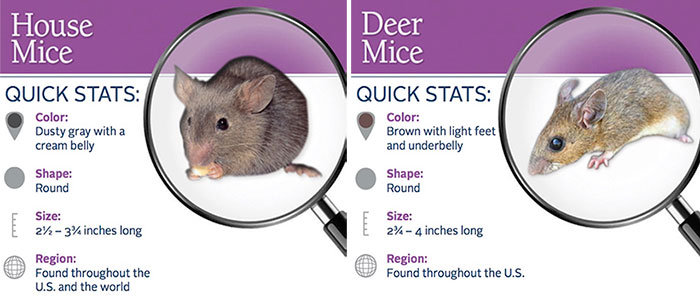
How Can I Identify The Different Kinds Of Mice Invading My Home
A field mouse has brown or tan fur with white bellies legs and feet.
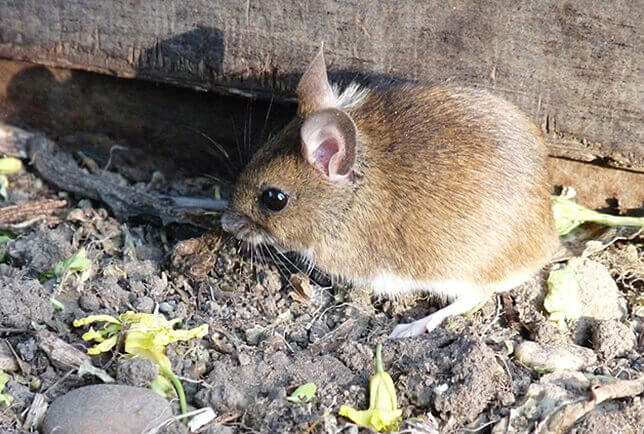
. The entire bodies of house mice are grey or light brown. They are uniformly gray even the tail. Finally droppings from a house mouse can be difficult to distinguish from other rodents.
Dense silky dark grey-black fur with whitish underside and tufts of white around eyes and ears. Its eyes and ears are smaller than those of a house mouse. If they are exposed to the virus through infected mouse droppings and urine an individual can contract hantavirus.
They spread ticks to every human or animal they touch or come near. House mice are almost the same size as field mice. Look for smaller feet and larger eyes than field mice.
Their ears and eyes are big for their heads. So lets take a look at some of the differences of a hose mice to the field mouse covered above. They have larger feet and can hop around easily.
Field mice are usually much smaller than house mice. They are usually around the same size although field mice tend to be smaller and house mice have thicker almost hairless tails. Orkin Termite Treatment Pest Control Exterminator Service.
This last distinction isnt always readily apparent unless you know you are dealing with a full-grown adult. Field mice deer mice have tan or brown fur on the top of their bodies with white bellies legs and feet. Its coat is beige red-brown or dark brown with a white belly.
Nocturnal so they will be foraging overnight. A house mouse is not longer than 5 inches but a deer mouse can be 7 inches long. Field Mouse doesnt have a solid sense of smell unlike the house mouse.
The house mouse Mus musculus is a small mammal of the order Rodentia characteristically having a pointed snout large rounded ears and a long and almost hairless tailIt is one of the most abundant species of the genus MusAlthough a wild animal the house mouse has benefited significantly from associating with human habitation to the point that truly wild populations are. Field mice are excellent jumpers and their hind legs are stronger than those of. The colour of house mice is what sets them most apart from field mice.
Once you learn to identify which of the different kinds of mice have invaded your home you can take steps to eliminate them. There are some obvious physical differences between a field mouse and a house mouse. Still they will typically have traces of food in them and fecal pellets and nesting material such as shredded paper or cotton balls.
The house mouse Mus musculus has the classic mouse profile but does not have the separation between colors on the dorsal top and ventral bottom sides. While the field mice can be a carrier of ticks the deer mouse is a vector species for them. A house mouses tail is basically hairless while a field mouses tail is also dark on top and light underneath.
It is known that field mice or deer mice can have hantavirus. These mice have smaller ears compared to that of the house mouse. Field mice have a pointed nose large rounded ears and big beady black eyes whereas house mice have smaller eyes and flatter noses.
The tail is usually as long as the head and the body which on average measures between 7 to 95 cm 71-95 mm. From seven to nine centimetres long bodies plus the same length tail. House Mouse Behavior and Food.
The deer mouse is perhaps the most dangerous of all. Field mice and house mice have a very similar appearance. They carry disease contaminate your food and destroy your belongings.
The size of a field mouse is usually as long as the head. The second stage of a ticks growth is the most. A house mouse is about five.
Lymphocytic and Lymphocytic meningitis can also be transmitted to house mice. A field guide such as the Peterson Field Guide to the Mammals is useful if. Field mice grow to be up to 7 inches long while house mice are full-sized at 5 inches.
They feed themselves on nuts insects fruits seeds berries fungi and nuts. Likely to be seen in or around water. Field mice come in gray or brown varieties but they all have a white underbelly.
In ten years we could have wolves and bears roaming the cities looking for garbage. One significant difference between field mice and house mice is their size. Field mice have tails with dark fur on top and light fur underneath.
There are other species of mice but these are the major ones. An adult field mouse can be up to 105 cm in length and its tail between 6 and 9 cm. Hantavirus causes respiratory diseases such as pneumonia and death.
A field mouse has large eyes rather than beady eyes. The body in length from nose-tip to anus on average measures between 8 to 11 cm 81-103mm. Uniformly brown-grey mouse with small feet big eyes and ears and a pointed snout.
Head-to-body length around 90mm with the tail being another 90mm. Mice voles and chipmunks are more common than moles burrowing insectivorous nearly blind and furry mammals shrews related to the moles and distinguished from them and the mice by a long pointed snout and very small eyes and rats larger than mice with total body length from 15 to 17 inches. The field mouse went by the name of a wood mouse and it is very common in the United Kingdom.
An adult House Mouse is likely to weigh in at around 68 ounces whereas an adult Deer Mouse will be around 72 ounces. House mice have solid coats of gray or light brown fur all over their bodies. Almost hairless tail same length as body.
The size difference between a field mouse vs house. Any kind of mouse in your home is a problem. The most noticeable characteristic of a field mouse is his white underbelly hair which extends to the underneath of its tail.
Both the House Mouse and the Deer Mouse are very small rodents and they dont vary much when it comes to their weight. 6 rows Field Mouse vs House Mouse. The house mouse is either gray or brown with no color variation on the belly.

Pest Advice For Controlling Field Mice

Mouse Control Services In Lakewood Somerset Edison New Jersey
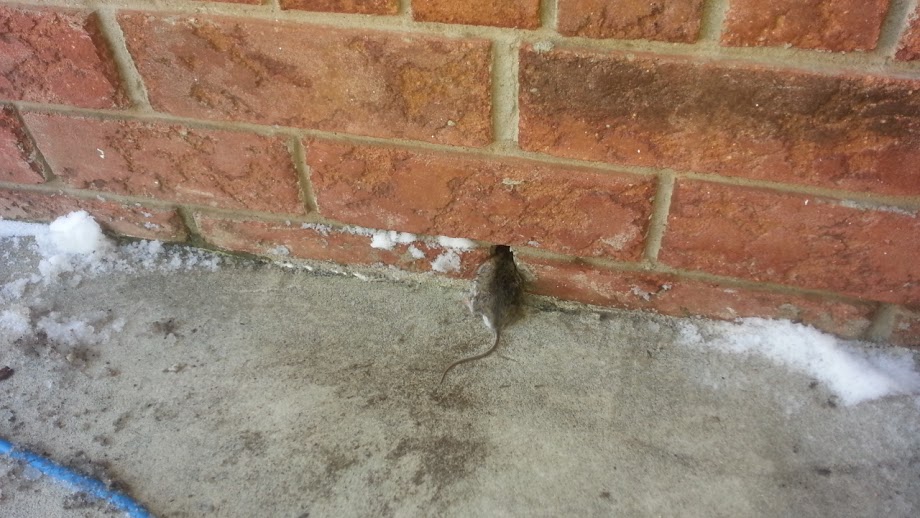
The Difference Between A Field Mouse And A House Mouse
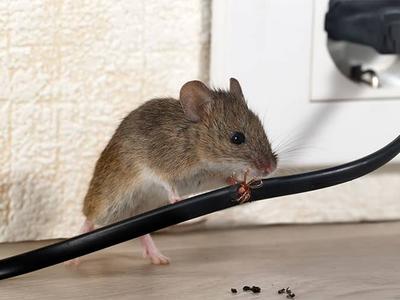
House Mice Vs Deer Mice Guide To The Differences Between Mice In Co
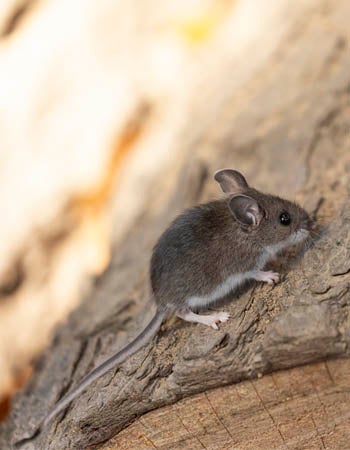
House Mouse Vs Deer Mouse What S The Real Difference Bob Vila
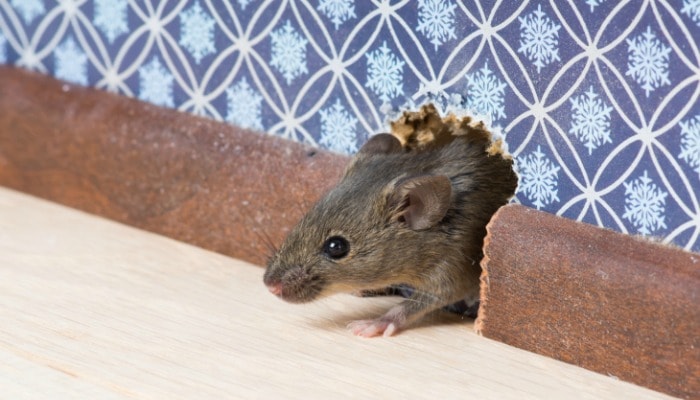
House Mice Deer Mice How To Know The Difference Keep Them Away

Field Mouse Apodemus Sylvaticus Pest Library Pest Solutions
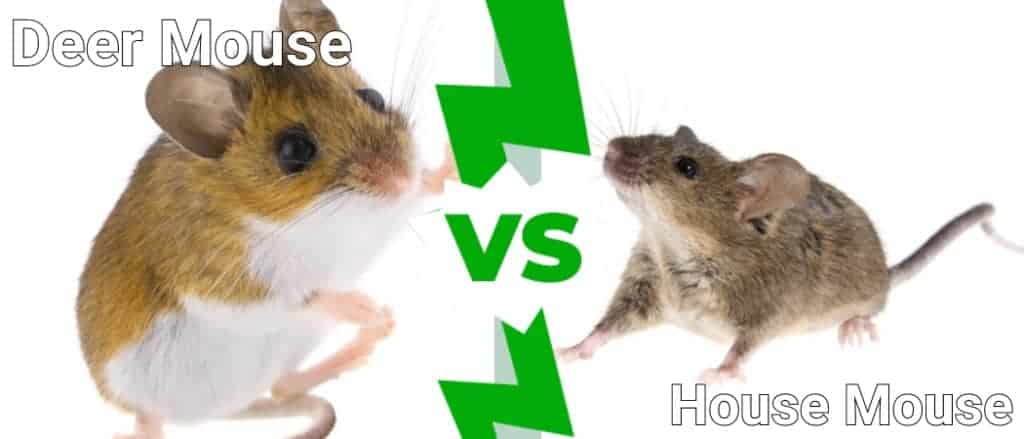
Deer Mouse Vs House Mouse What S The Difference Az Animals

Field Mice Identification Prevention In New Haven Ct Connecticut Pest Elimination
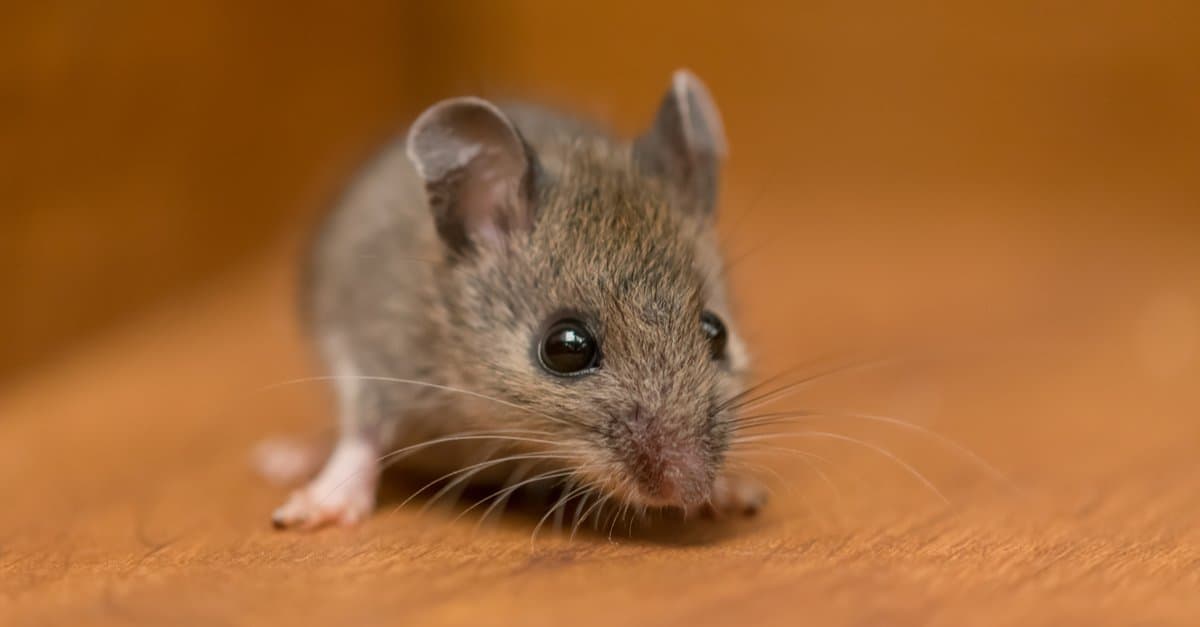
Field Mouse Vs House Mouse What S The Difference Az Animals
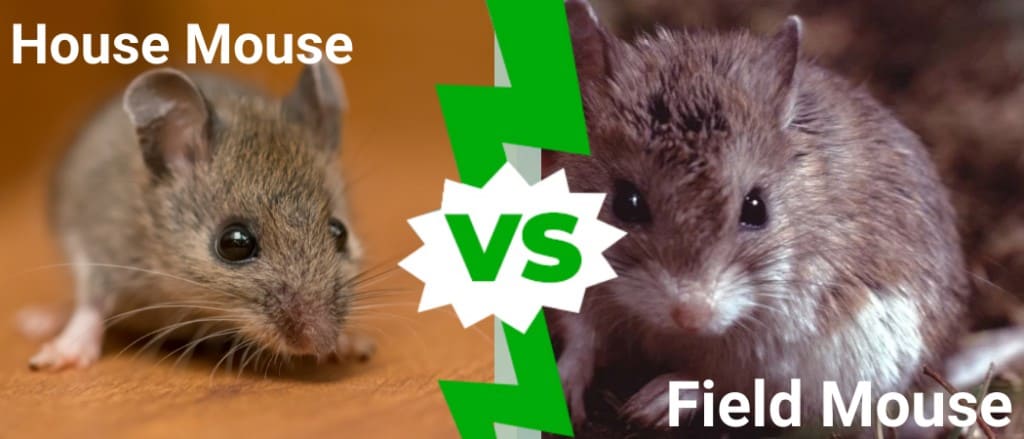
Field Mouse Vs House Mouse What S The Difference Az Animals
![]()
5 Differences Field Mice Vs House Mice

Field Mouse Control Facts Find How To Get Rid Of Field Mice
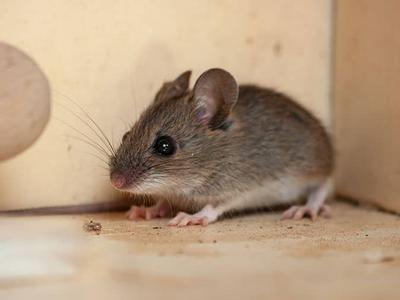
House Mice Vs Deer Mice Guide To The Differences Between Mice In Co
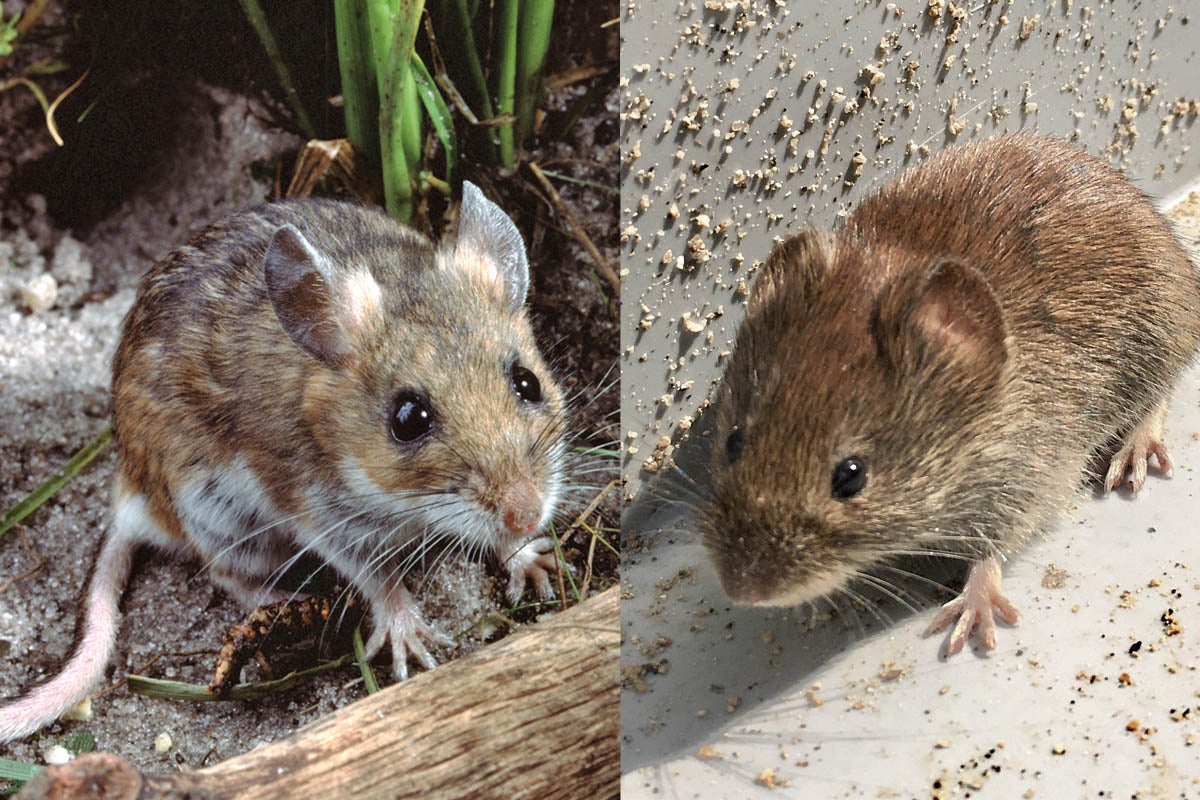
House Mouse Vs Deer Mouse What S The Real Difference Bob Vila

Differences Between House Mouse And Field Mouse Fantastic Services
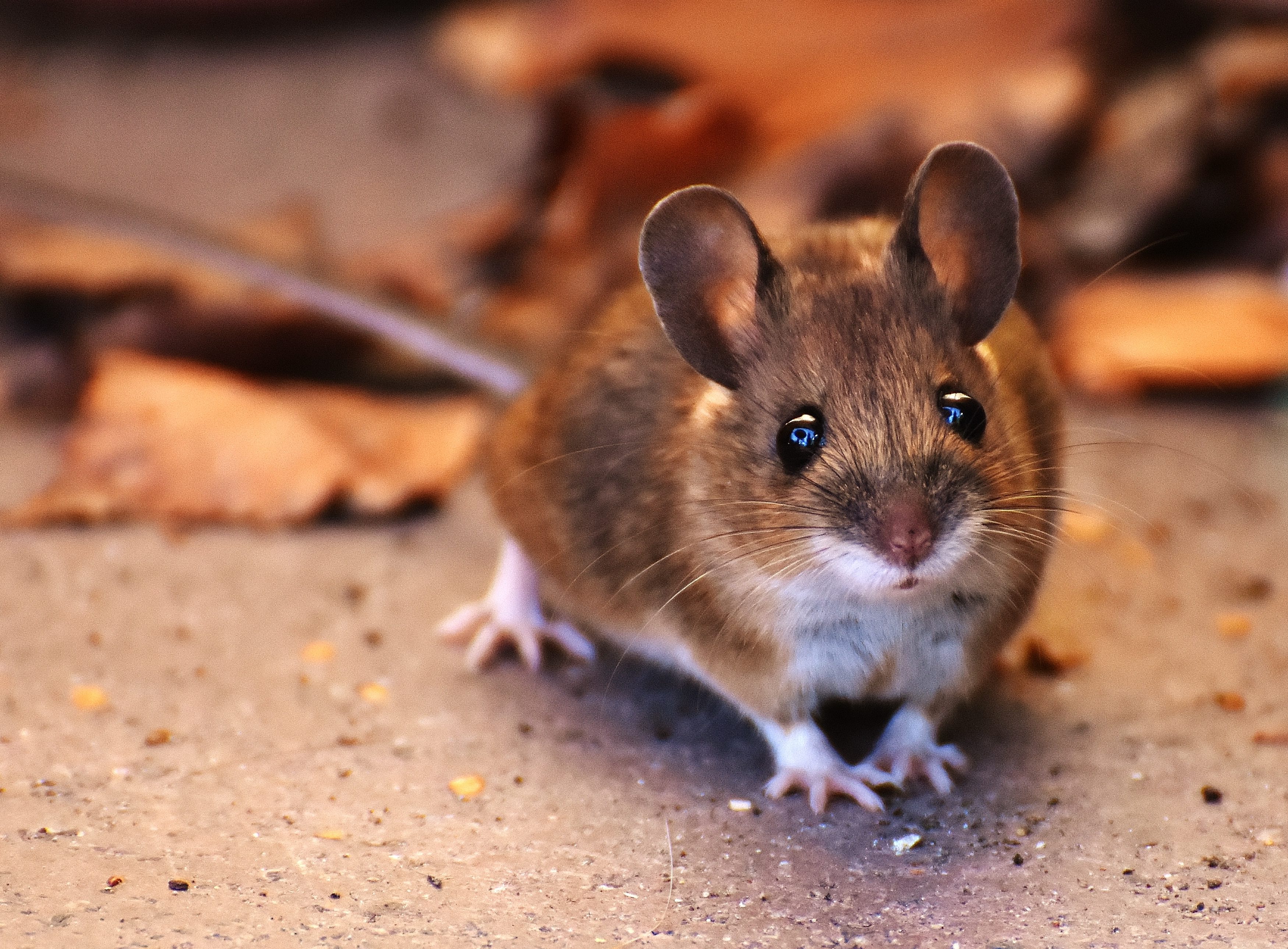
Frequent Questions About Mice Welcome Wildlife
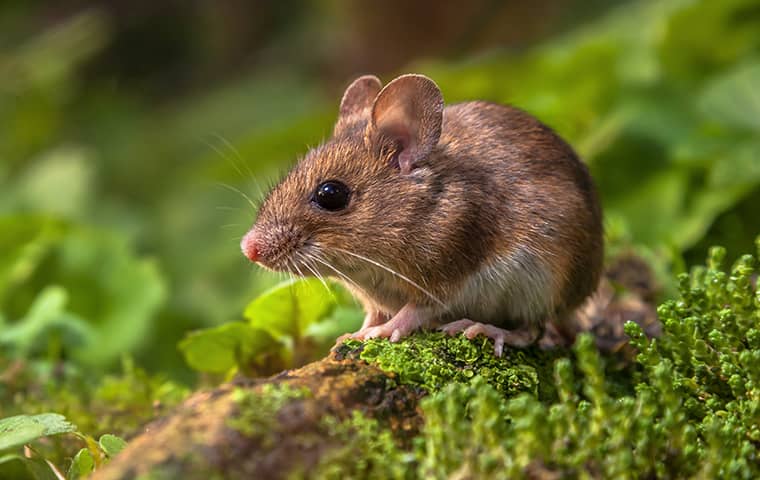
A Guide To Field Mice Control Prevention In Ca Pro Active Pest Control
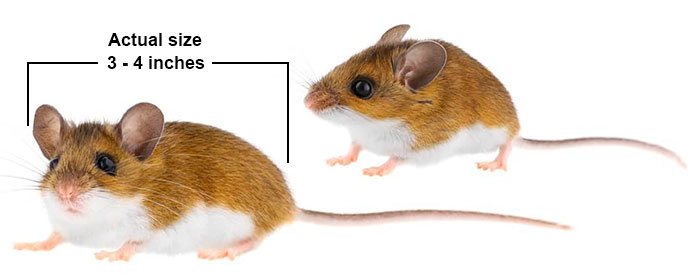
How Can I Identify The Different Kinds Of Mice Invading My Home